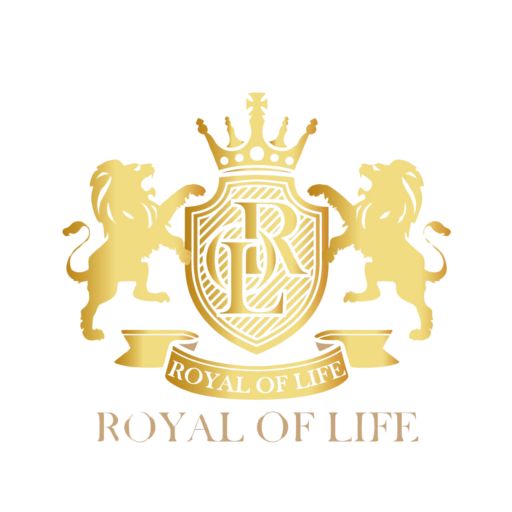
We hear these terms all the time, but do you really know what sets them apart?
The Chinese character for “carbohydrate” (醣) contains the radical “酉,” which refers to all carbohydrate-based foods—including starches, sugars, and fibers.
On the other hand, “sugar” (糖), with its “米” radical, generally refers to sweet-tasting carbohydrates.
Carbohydrates form a large family: monosaccharides, disaccharides, oligosaccharides, and polysaccharides. They come from sources like dairy, whole grains, vegetables, and fruits. While these foods may not taste sweet, they are essential energy sources in our daily diet.

So, what exactly is “sugar”?
Sugars include monosaccharides and disaccharides found naturally in food or added for sweetness, such as lactose, fructose, brown sugar, table sugar, honey, and more. These are the sugars that instantly light up your taste buds with that sweet sensation. However, not all carbohydrates are digestible. For example, dietary fiber—a type of polysaccharide—cannot be broken down by human enzymes, meaning it won’t provide calories. But most starches (also polysaccharides) can be broken down into glucose, which is then transported to cells for energy. That’s why high-GI foods often contain a lot of digestible carbohydrates.

What happens if you consume too much sugar or carbohydrate?
Say hello to weight gain and chronic inflammation.
Regardless of type, excessive intake of sugars or carbs will eventually be stored as fat in the body. Sure, sugary foods may make you feel momentarily happy, but behind the scenes, your body is paying the price.
Overconsumption of sugar can: Increase oxidative stress, Trigger chronic inflammation, Raise the risk of diabetes, metabolic syndrome, high triglycerides, fatty liver, and cardiovascular disease and Accelerate aging.
Taiwan’s Ministry of Health and Welfare recommends that added sugars should account for no more than 10% of your daily caloric intake. This includes sugars like brown sugar, cane sugar, corn syrup, honey, and maple syrup.

How to Cut Sugar — The Smart Way
- Shift your mindset
Willpower alone won’t get you far. Instead of saying “I can’t eat sugar,” try saying “I choose not to eat sugar.” Understanding the harms of sugar and the benefits of reducing it will make the journey easier.
- Identify the root cause
Are you stress-eating? Is it habit, boredom, or social cues? Track your cravings and target the why behind them.
- Find better alternatives
Fresh fruits, unsweetened nuts, plain yogurt, sugar-free teas, and sparkling water are great substitutes. You can also redirect your sugar craving by engaging in physical activity or hobbies.
- Eat balanced meals
Ensure each meal includes sufficient protein, vegetables, a moderate portion of whole grains, and healthy fats. This helps you stay full longer and reduces sugar cravings.
We hope these tips help you navigate the sweet (and not-so-sweet) world of sugar and carbs with ease!
(Source: DETOX LIFE)

